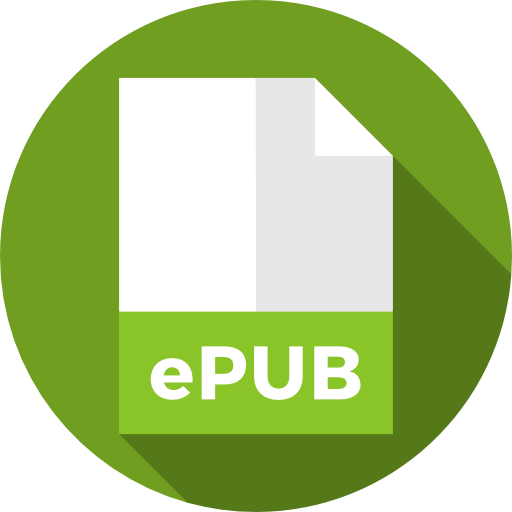
An International Publisher for Academic and Scientific Journals
Author Login
Scholars Academic Journal of Biosciences | Volume-13 | Issue-07
Study of the Thrombolytic Activity of an Aqueous Extract of Leaves of Hibiscus sabdariffa (Malvacea) L. Consomed in Cote D’ivoire
ROBET Emilie Jocelyne, YEBOUE Kouamé Hermann, YAMBONE Moussa, ATTO Virgine, KONAN Brou André, AMOIKON Kouakou Ernest
Published: July 23, 2025 |
310
403
Pages: 998-1006
Downloads
Abstract
Treatment of thrombosis relies on the use of anticoagulants, which poses a risk of hemorrhage. The objective of this study is to provide a useful database for therapeutic recommendations in Africa. The antithrombotic effect of an aqueous extract of the leaf of Hibiscus sabdariffa (Malvaceae) L. was therefore evaluated. Its protective effect, anticoagulant activity, anticoagulant capacity, and blood clot-dissolving power were determined in vitro in rabbits. The results reveal that the cytotoxic activity of the extract against red blood cells is nontoxic (11 ± 0.92 %; 12 ± 0.61 % and 14 ± 1.05 % hemolysis, respectively, for concentrations of 0.01 mg/mL, 0.1 mg/mL, and 1 mg/mL). The anti-hemolysis tests carried out showed moderate anti-hemolytic activity (5 ± 1.01 %; 22 ± 2.1 % and 59 ± 3.11 % for respective concentrations of 0.01mg/mL; 0.1mg/mL and 1 mg/mL). The biological tests, carried out in vitro, indicate an anticoagulant effect at high concentration (0.83 ± 0.18 respectively for 0.001mg/mL; 0.01mg/mL and 0.1 mg/mL of the extract; 0.9 ± 0.19, 1.1 ± 0.18 and 1.3 ± 0.2 respectively for 0.5 mg/mL, 1 mg/mL and 1.5 mg/mL of the extract). Similarly, the TCA extract/TCA control ratio shows that the coagulant effect of the extract is at low concentration and that the anticoagulant effect is at high concentration. The data collected for the antithrombotic effect of the aqueous extract demonstrated an antithrombotic effect of the extract proportional to the incubation time (40.2 ± 16 % after 1 hour and 57 ± 21 % after 2 hours for 0.5 mg/mL; 1 mg/mL and 1.5 mg/mL respectively of the extract). In short, the aqueous extract would indeed contain elements that can combat coagulation and could therefore be associated with the treatment of thrombosis.


